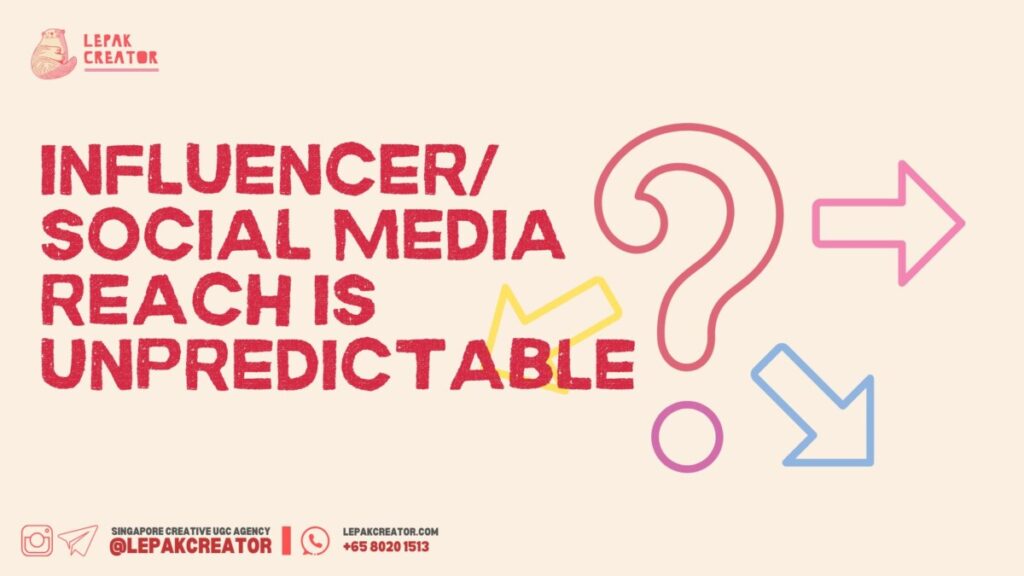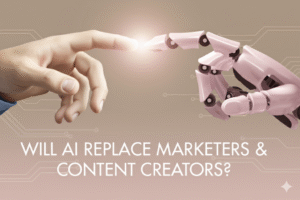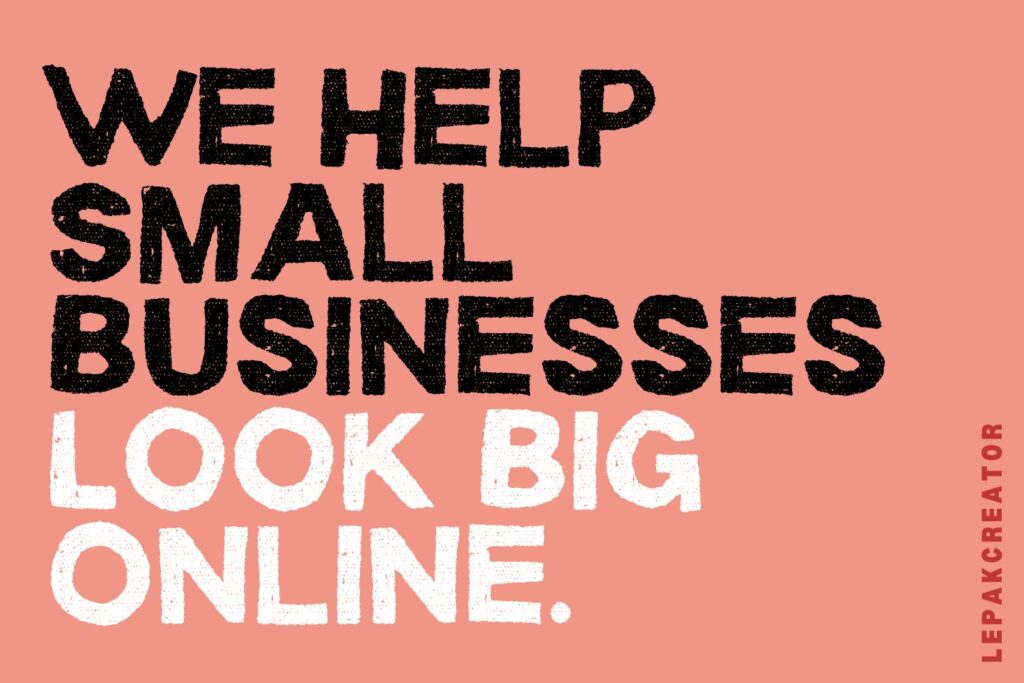In influencer marketing, clients often expect certain reach numbers from creators. Sometimes, a smaller content creator achieves higher reach than a larger one, and vice versa. This can be confusing. The reality is simple: reach on social media is largely unpredictable — not controlled by the agency, the influencer, or even the platform itself.
1. Social Media Reach is Unpredictable
Social media platforms use complex, ever-changing algorithms to determine which content is shown to users. Factors affecting reach include:
- Engagement patterns: Likes, comments, shares, and saves signal content quality. A small creator with highly engaged followers can sometimes outperform a larger one.
- Content relevance: Platforms prioritize content that aligns with individual user interests.
- Timing: Posting when followers are most active can increase distribution.
- Algorithm randomness: Social platforms test content with small audiences before scaling, introducing variability.
Key point: Even with expert guidance, the final reach is beyond anyone’s control.
2. Follower Count Does Not Guarantee Results
It’s common to assume that larger creators automatically deliver higher reach. In reality:
- Small creators sometimes outperform larger ones due to engagement or algorithmic favor.
- Large creators may see lower-than-expected reach if content does not resonate or followers are inactive.
This is not about promoting smaller or bigger creators — it’s about understanding that reach is inherently unpredictable.
3. The Purpose of Influencer Marketing Matters
Influencer marketing is not only about reach numbers. Its value depends on your objectives:
- Brand presence: Influencers help your brand appear in front of the right audiences and increase visibility.
- Credibility and trust: When a creator shares authentic experiences with your brand, it builds trust faster than traditional advertising.
- Audience engagement: Engagement, conversations, and content sharing often matter more than raw reach.
The goal is to use influencers strategically — the “reach” is one factor, but the real impact comes from how they position your brand and influence perception.

4. How Agencies Maximize Success — Without Controlling Reach
While we cannot control social media algorithms, agencies maximize potential outcomes by:
- Selecting creators whose audience aligns with your brand.
- Guiding content creation for resonance and engagement.
- Timing posts for optimal visibility.
- Running pilot tests to inform future campaigns.
Even with these strategies, reach will fluctuate, and one post performing better than another is normal.
5. How Clients Can Approach Campaigns
To get the most from influencer campaigns, clients should:
- Shift focus from raw reach to meaningful outcomes: Engagement, conversions, and content quality.
- Recognize variability is normal: No post or creator can guarantee exact results.
- Use influencer marketing strategically: Decide whether your goal is awareness, credibility, engagement, or conversions.
- Mix creators for balance: Different sizes serve different purposes, but none guarantee predictable reach.
- Consider paid amplification if numbers matter: Ads can stabilize visibility if reach is critical.
6. Setting Realistic Expectations
Agencies and creators cannot control social media algorithms. Predicting exact reach is impossible. Campaign success should be measured by impact, engagement, and strategic objectives, not just numbers.
Analogy: Social media is like weather. You can prepare, plan, and choose the right locations, but you cannot control the storm or guarantee sunshine. Strategy ensures you make the most of the conditions, even if results vary.
If the realities of social media and influencer marketing:
- Social media reach is unpredictable.
- No agency, influencer, or platform can fully control reach.
- Follower count is not a guarantee of performance.
- Influencer marketing creates brand presence, credibility, and engagement, not just views.
- Success comes from strategy, content quality, and alignment with objectives.
- Variability is normal — plan campaigns with this reality in mind.
We would carefully suggest reconsidering launching a campaign if the above points don’t align with your mindset or understanding. Influencer marketing works best when approached with realistic expectations, and beginning without this alignment can lead to frustration rather than meaningful results.
Of course, the points above are based on organic reach. Visibility can be increased through other methods, such as paid ads, if the budget allows.




